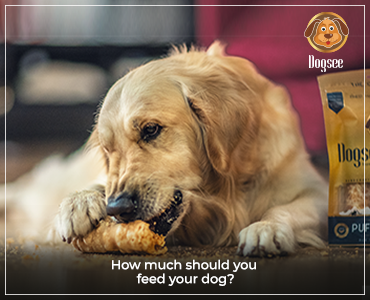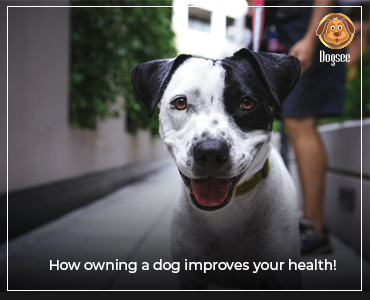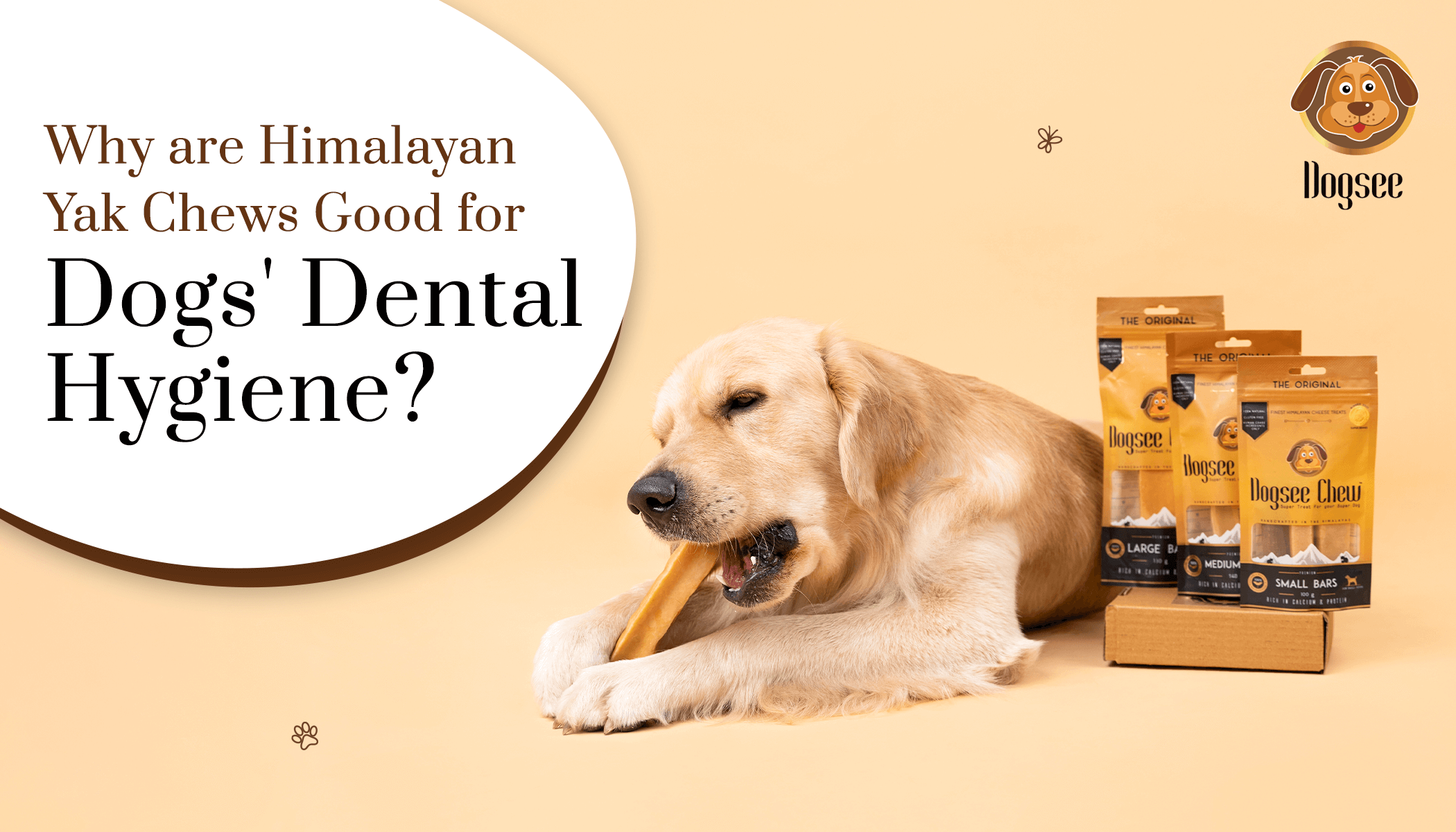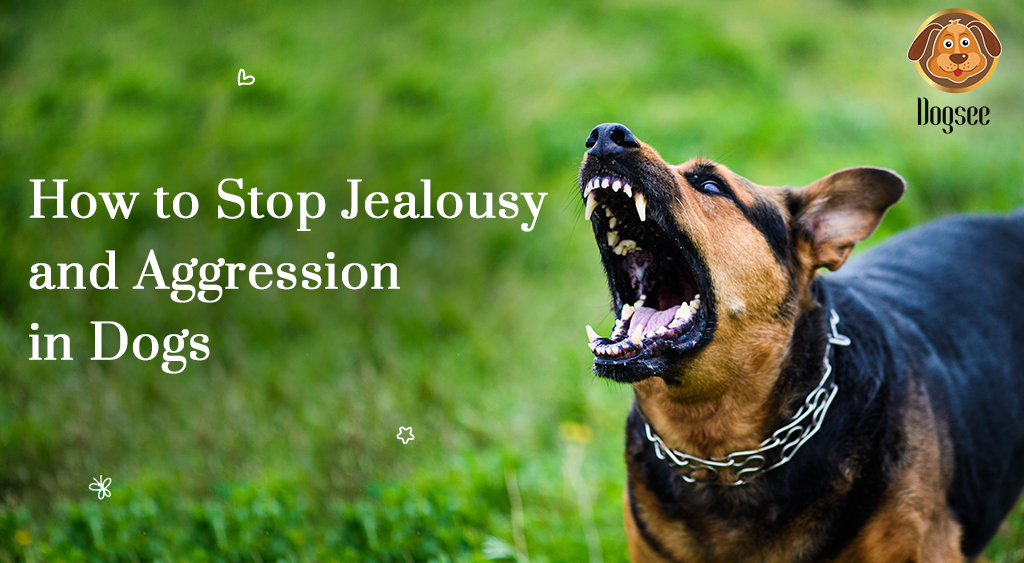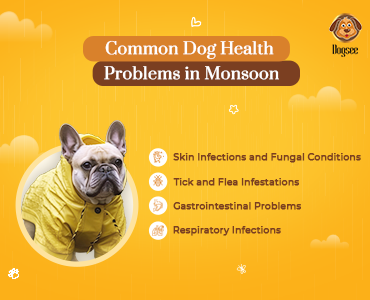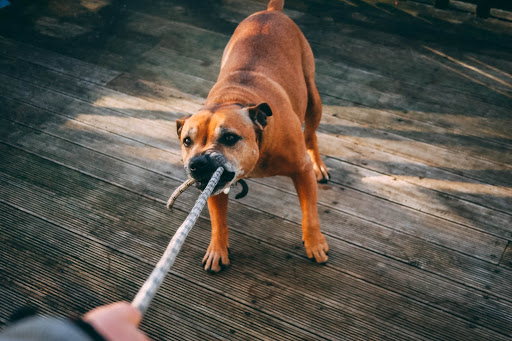
Dog Aggression is a common, and if not managed, serious problem. It is important to understand your dog’s behaviour and identify when it becomes extreme and leans towards misbehaviour. Aggression is just one such kind of misbehaviour that needs to be managed. It is a major cause of concern among pet parents and understanding the reasons behind the aggression is important to help work towards a solution.
Types of Aggression:
Dominant Aggression in Dogs: Dogs can exhibit dominant aggressive behaviour with humans, other dogs or both. This kind of behaviour may take place in the form of guarding of resources and disobedience, but it might also include nipping and biting.
Maternal Aggression in Dogs: When a dog is about to give birth, her progesterone and prolactin levels rise and the oestrogen level drops. This causes her to be extremely grumpy. This combination of hormonal changes makes the dog go through a phase called the Mother Dog Protectiveness. Thus, this causes them to be aggressive even towards their humans if they are not careful about how they approach.
Defensive Aggression in Dogs: Growling, excessive barking or biting are signs of a defensive aggressive dog when confronted or cornered with what they perceive as a threat or danger. It may or may not be irrational. Their postures are completely different from those of playful dogs as are their growls and barks. While dogs usually don’t, if pushed to their limits they will start biting and clawing to protect themselves.
Predatory Aggression in Dogs: Predatory aggression is seen when dogs see a target creature they want to prey on. They move silently and stealthily and attack the most vulnerable parts of the body, such as the vital organs. It is pretty common among canines and does not indicate a cause for concern.
Food Aggression in Dogs: Food aggression is a part of defensive aggression and is quite common among dogs as well. Being territorial creatures, It is in their nature to guard their meals and possessions. If interrupted during a meal, they might become hostile.
Aggression is something that builds up in a dog over time. It can be managed with nurturing and training. That is why paying early attention to a dog’s behaviour is very important. Aggression in a dog can sometimes also be a result of punishment or hostile behaviour by the pet parent which causes a lot of pain and anxiety in dogs. A few signs of these aggressions in puppies are deep-tone growling, lip curling, stiff posture, fixedly staring and aggressive biting. Pet parents sometimes mistake it for playfulness or laugh it off which later might result in serious aggressive behaviour.
There are also ways that pet parents can identify behaviour that may lead to aggression later if not controlled early on. For example, humping and mounting, while falls under normal behaviour, might be a cause of concern if happening excessively. In addition, eating grass excessively might be a reaction to some anxiety. The same is true for excessive whining. It might be because of some pain or discomfort, but if ignored could manifest into long-term behavioural issues.
Some ways to Manage Aggression in Dogs
Instead of showing hostility or yelling at unfavourable behaviour, reward them with healthy treats and pats for positive behaviour. Positive reinforcements are much more effective than negative reinforcements to establish the good versus bad behaviour in your dog.
When agitated, distract your dog with a toy or a treat so that their attention will be deviated from whatever is making them antsy.
Every time your puppy is aggressive or displays a tendency to bite or claw, yell “ouch” or give a loud yelp, step back and stop playing with them. This is how littermates communicate with their other littermates and teach each other not to play too rough.
Sometimes startling your dog can interrupt their aggressive behaviour. Don’t yell. Just startle. You can do this with a loud toy, a clap, or by shaking some coins. Then give them 2 seconds and entice them with something else.
When your puppy is calm and relaxed, praise them and give them some long-lasting treats. This way they will know that being calm and friendly is rewarding and will be more inclined to behave that way.

Regular exercising and manual activities will keep the puppy healthy, strong and relaxed. If you can’t run around too much, two people can sit slightly apart from each other and entice the puppy with small treats. This way they keep running between you two, get their exercise and you don’t exert yourself too much.
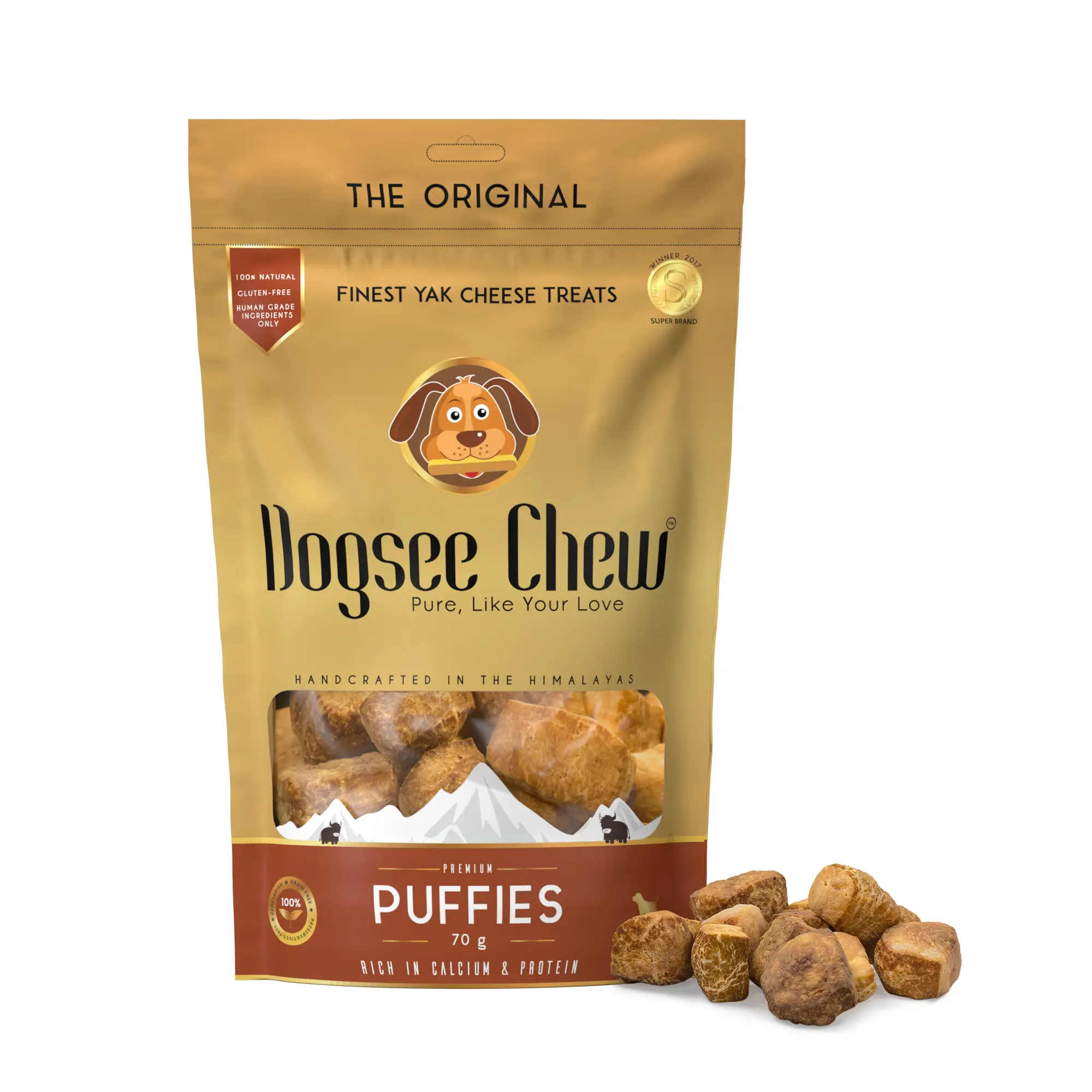
Teaching your puppy basic commands is very helpful. Although, it is preferable if you get the help of someone certified in training or take a training class yourself. Make sure that the training isn't too aggressive and don’t use punishment methods.
Socialization is also extremely important among puppies. You can make them socialize with other puppies between 8 and 12 weeks and with calm and friendly adult dogs between 12 and 16 weeks of age.
It is important to remember that whatever you teach your puppy, will reflect in their behaviour when they grow up. Keeping that in mind, always make sure to look for the signs that might lead to aggression in your puppy and take appropriate measures to control it. There are a lot of reasons for puppies to lash out, but it is your job, as a pet parent, to make sure that your puppy knows the rights from wrongs.
 HELPFUL0 people found it helpful
HELPFUL0 people found it helpful
Related Blogs
Subscribe to Our Blogs
and never miss on the latest update!








